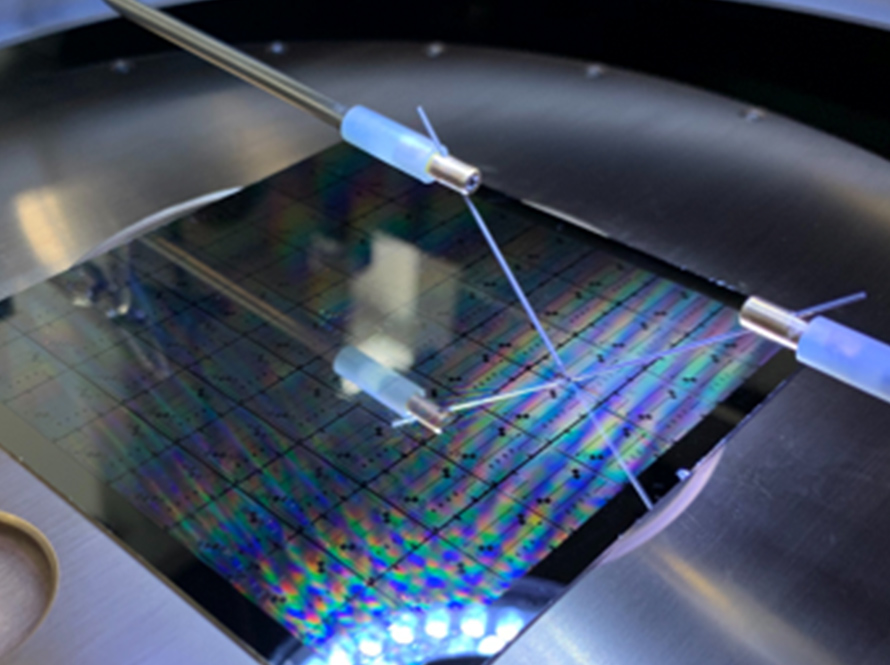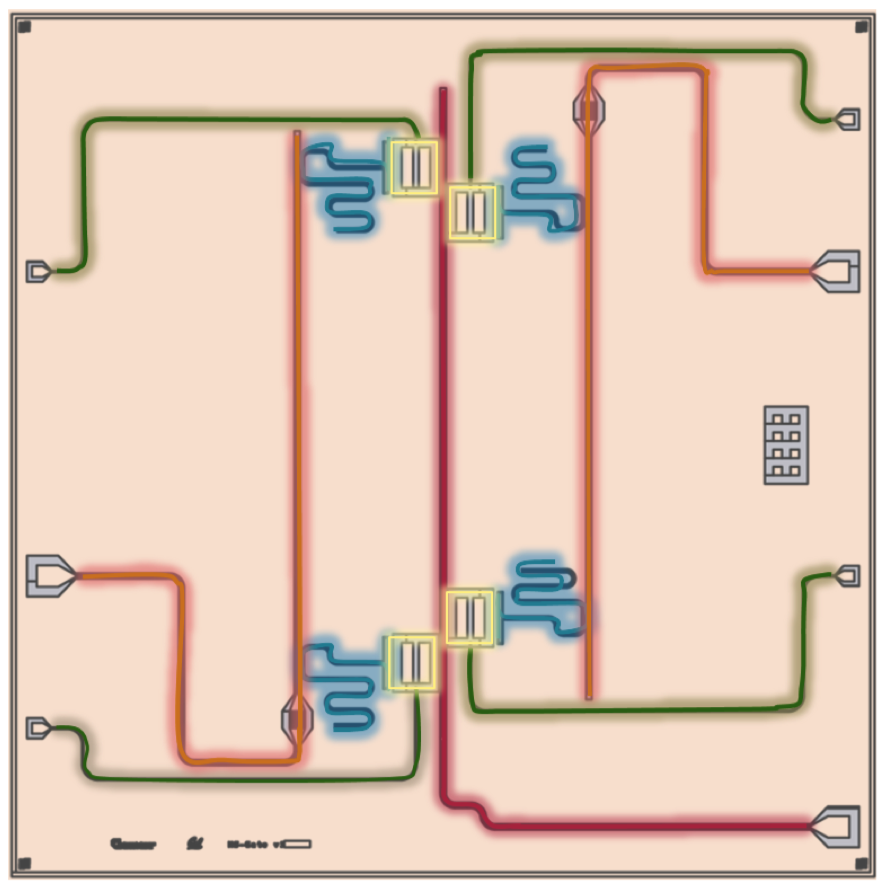 Exploring highly connected networks of qubits is invaluable for implementing various quantum codes and simulations. All-to-all connectivity allows for entangling qubits with reduced gate depth. In the ion community, the Mølmer-Sørensen gate routinely entangles over a dozen qubits with high fidelity. Their qubits are coupled through a shared phonon mode through the way they are trapped, allowing for all-to-all connectivity necessary to entangle multiple ions in one interaction.
Exploring highly connected networks of qubits is invaluable for implementing various quantum codes and simulations. All-to-all connectivity allows for entangling qubits with reduced gate depth. In the ion community, the Mølmer-Sørensen gate routinely entangles over a dozen qubits with high fidelity. Their qubits are coupled through a shared phonon mode through the way they are trapped, allowing for all-to-all connectivity necessary to entangle multiple ions in one interaction.
We are interested in exploring new capabilities made available from all-to-all connectivity for superconducting qubits. Specifically, we are working a Mølmer-Sørensen-like gate through the use of shared coplanar waveguide (CPW) resonators to couple multiple transmons. This gate allows us to selectively entangle any subset of the qubits coupled to the shared resonator.

We create a similar all-to-all coupling through a shared photonic mode of a coplanar waveguide (CPW) resonator. However we must first address a few energy scaling differences between ion qubits and transmons. For ions, their qubit frequencies are in the GHz regime, while their phonon mode is in the MHz regime. For transmons, the qubit and photon mediating mode are both in the GHZ regime. This presents a challenge if we directly tried to adopt the MS scheme because the red and blue sidebands would be several GHZ apart. Just as in the ion setup, we need these sidebands to address all of the qubits together. Typically, we would send the sidebands into the shared resonator, but it would be difficult to get enough sideband power to the qubits with the tones several GHz apart because our resonators are usually KHz or MHz wide. Thus we need to bring one of the frequencies down. Our solution is to reduce the qubit frequency to MHz regime by going into the Rabi dressed frame.
Our chip design consists of 4 superconducting non-tunable transmons (yellow) coupled to a high Q shared CPW resonator (red). Each qubit has its own microwave drive (green) and readout (blue) lines. We have designed the center resonator such that it has similar coupling to each qubit and the coupling rate is higher than the width of the resonator. This should allow for the interaction between the qubits with the resonator mode to occur faster than the rate at which photons leave the resonator.
Current Status & Next Steps
We are designing and fabricating the next generation of chips to improve the parameters that we measured on the first version, and which allowed us to reach about 80% fidelity on a version of the gate.